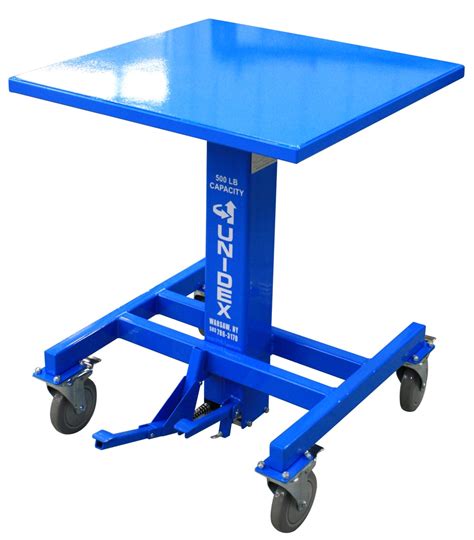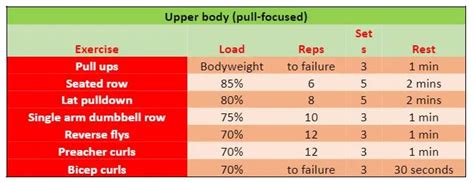How to break strength plateaus and ensure consistent muscle gains for peak performance?

Every dedicated lifter eventually faces the frustrating reality of a strength plateau. That moment when your gains grind to a halt, and the weights that once felt manageable now feel insurmountable. Far from a sign of failure, plateaus are a natural part of the body’s adaptation process. The key to consistent muscle gains and achieving peak performance isn’t to push harder blindly, but to train smarter, recover better, and optimize every aspect of your fitness journey. This article will guide you through the proven strategies to shatter those plateaus and continue your ascent.
Understanding the Root Causes of Plateaus
Before you can break a plateau, you need to understand why it occurs. Your body is an incredible adaptive machine. When you repeatedly subject it to the same stimulus, it eventually becomes efficient at handling that stress, leading to a halt in progress. Common culprits include:
- Insufficient Progressive Overload: Not challenging your muscles enough or in varied ways.
- Inadequate Recovery: Overtraining, poor sleep, or chronic stress preventing muscle repair and growth.
- Nutritional Deficiencies: Not consuming enough calories, protein, or micronutrients to support muscle anabolism.
- Lack of Variation: Sticking to the same exercises, rep schemes, and training intensity for too long.
- Psychological Burnout: Mental fatigue can manifest as physical stagnation.

Strategic Training Adjustments to Reignite Progress
Your training methodology is the first place to look for solutions. Small, intelligent adjustments can make a significant difference.
Embrace Progressive Overload in All Forms
While often associated with simply adding more weight, progressive overload encompasses many variables:
- Increase Load: Gradually lift heavier weights over time.
- Increase Volume: Do more sets or reps for a given exercise.
- Increase Frequency: Train a muscle group more often.
- Increase Time Under Tension: Slow down the eccentric (lowering) phase of an exercise.
- Decrease Rest Times: Complete the same work in less time.
- Improve Form: Execute movements with greater control and efficiency.
Implement Deload Weeks
Regularly scheduled deload weeks (reducing intensity, volume, or both for 1 week every 4-8 weeks) are crucial for recovery, preventing burnout, and allowing your body to supercompensate. This strategic step back often leads to a surge forward.
Vary Your Exercises and Rep Ranges
Introduce new exercises that target the same muscle groups from different angles. If you always train in the 6-12 rep range, try phases of lower reps (3-5 for strength) or higher reps (15-20 for hypertrophy and endurance). Consider techniques like drop sets, supersets, and rest-pause training to shock your muscles.
Periodization for Long-Term Gains
Structured periodization involves planning your training in blocks (e.g., a strength block, followed by a hypertrophy block, then a power block). This cyclical approach prevents adaptation and ensures continuous progress across different fitness qualities.

Optimize Your Nutrition for Muscle Growth and Strength
What you eat fuels your performance and recovery. Neglecting nutrition is a surefire way to hit a plateau.
Adequate Caloric Intake
To build muscle, you generally need to be in a slight caloric surplus. Track your intake to ensure you’re consuming enough energy to support intense workouts and muscle repair. If you’re cutting calories too aggressively, your strength will suffer.
Prioritize Protein Intake
Protein is the building block of muscle. Aim for 1.6-2.2 grams of protein per kilogram of body weight daily, spread throughout the day to maximize muscle protein synthesis.
Balance Macronutrients
Carbohydrates are essential for energy during workouts and replenishing glycogen stores. Healthy fats support hormone production and overall health. Don’t neglect either in favor of protein.
Hydration and Micronutrients
Dehydration can significantly impair performance and recovery. Drink plenty of water throughout the day. Ensure you’re getting a wide array of vitamins and minerals from fruits, vegetables, and whole grains to support all bodily functions.

Prioritize Recovery and Lifestyle Factors
Training breaks down muscle; recovery builds it back stronger. This is often the most overlooked component of consistent gains.
Quality Sleep is Non-Negotiable
Aim for 7-9 hours of quality sleep per night. During sleep, your body releases growth hormone, repairs tissues, and consolidates memory (including motor skills). Poor sleep directly impedes muscle growth and strength.
Manage Stress Levels
Chronic stress elevates cortisol, a hormone that can break down muscle tissue and hinder recovery. Incorporate stress-reducing activities like meditation, yoga, or spending time in nature into your routine.
Active Recovery and Mobility
Light activities like walking, foam rolling, stretching, or light cycling can improve blood flow, reduce muscle soreness, and enhance flexibility, aiding overall recovery without taxing your central nervous system.

Embrace Mental Resilience and Consistency
Breaking plateaus is as much a mental game as it is physical.
Stay Patient and Consistent
Progress isn’t linear. There will be ups and downs. Stick to your plan, trust the process, and celebrate small victories. Consistency over time will always yield results.
Track Your Progress Meticulously
Keep a detailed training log. This allows you to identify what’s working, what’s not, and make data-driven decisions to adjust your program. Seeing your past achievements can also be a powerful motivator.
Seek Expert Guidance
If you’re truly stuck, consider hiring a qualified coach. An objective eye can often spot issues or suggest strategies you might have overlooked.

Conclusion
Strength plateaus are not roadblocks but rather detours, signaling that it’s time to refine your approach. By strategically adjusting your training, optimizing your nutrition, prioritizing recovery, and maintaining a resilient mindset, you can consistently break through barriers. Embrace these principles, stay disciplined, and you’ll not only ensure continuous muscle gains but also unlock your peak performance potential in the gym and beyond.








